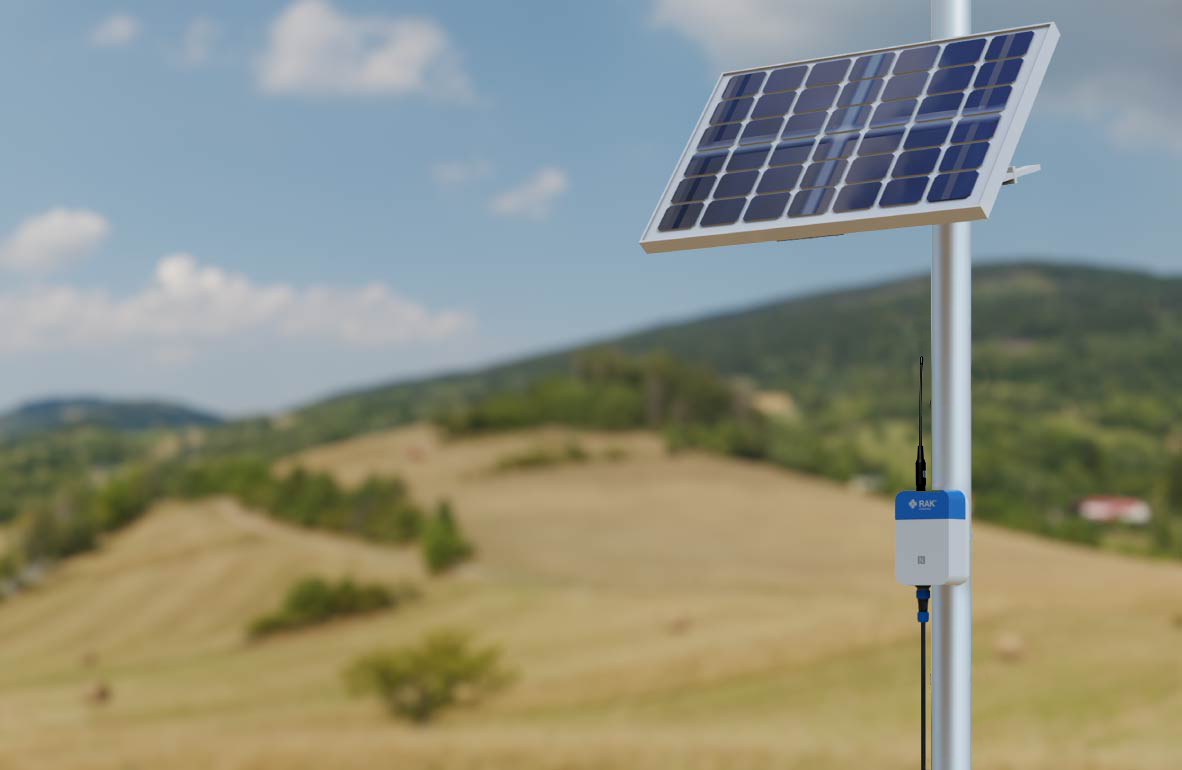How the Meshtastic Community Shaped the WisMesh Repeater: From Pain Points to Practical Design
WisMesh didn’t start as a product idea—it started as a conversation. On Reddit threads, Discord chats, forum posts, and shared GitHub comments, the Meshtastic community was collectively building and testing solar-powered mesh nodes, sharing what worked, what didn’t, and what they wished existed.
We listened.
The WisMesh Repeater was designed as a direct response to those real-world insights. This blog shares how we turned community pain points into product decisions—so you can see exactly how your feedback helped shape a repeater built to go farther.
The Problem Everyone Faced—Solar Reliability
Among the many shared experiences, one post stood out: a builder in Pennsylvania had deployed six solar-powered routers across elevated terrain. Only one of them remained stable. The rest? Dead after a few days, often with full batteries and no warning.
"Each one I reset seems to be literally turned off when I get there. No display, no LEDs. Pressing the RST button brings it back to life like nothing happened," the builder described.
It turned out that the USB-C solar input wasn’t designed to handle fluctuating voltages from small solar panels. Without a proper charge controller or power handoff logic, many devices simply browned out.
Our takeaway:
- Include a true solar input port
- Add smart voltage switching between battery and solar
- Ensure brownout behavior is handled gracefully

Cold Weather & Battery Behavior
Another thread raised a key concern: lithium-ion batteries can be damaged when charged below freezing. And in places like Pennsylvania, nodes might go through weeks of sub-zero temperatures.
Some community members experimented with advanced battery management systems that included thermal protection and cutoff logic.
Our takeaway:
- Integrate a BMS that considers voltage and temperature thresholds
- Design the enclosure to retain moderate internal temperatures with proper airflow
“I’m Tired of Climbing Towers to Reset My Node”
Reliability kept coming up—especially from users installing repeaters on rooftops, towers, or remote hillsides.
"I’m getting real tired of climbing towers to reset them," one user said.
We knew a reliable repeater wasn’t just about software stability—it was about building for deployment, considering factors like:
- Rugged enclosure (IP67-rated)
- Integrated solar solution (no more duct-taped panels)
- Mounting kits that don’t need zip ties or custom brackets
The Power of Simplified Setup
Many posts shared tips for optimizing node behavior, like avoiding displays, managing idle current, or reducing unnecessary telemetry. We bundled those learnings into the firmware defaults and hardware selection:
- WisBlock RAK4631 module (ultra low-power, proven reliability)
- Efficient Meshtastic firmware pre-flashed and tuned
- No screen, just efficient relay behavior
We also wanted the setup process to feel effortless:
- BLE pairing via the Meshtastic app
- No soldering, no reflashing
- App-based status checks
Built by Builders, for Builders
WisMesh was never meant to replace DIY. It’s what you use when you want to stop troubleshooting and start deploying. It’s for:
- Emergency teams who need a solar repeater to just work
- Farmers bridging large coverage areas with minimal infrastructure
- Mesh builders covering hills, trails, or campuses without worrying about resets
Your feedback shaped this product. Your field notes became specs. Your challenges became our blueprint.
Conclusion
Every WisMesh Repeater we ship is a nod to the community that made it possible. You shared what you learned. We turned that into a rugged, solar-ready repeater designed for real-world deployment.
Thank you for building the mesh. WisMesh is here to help you go farther.



